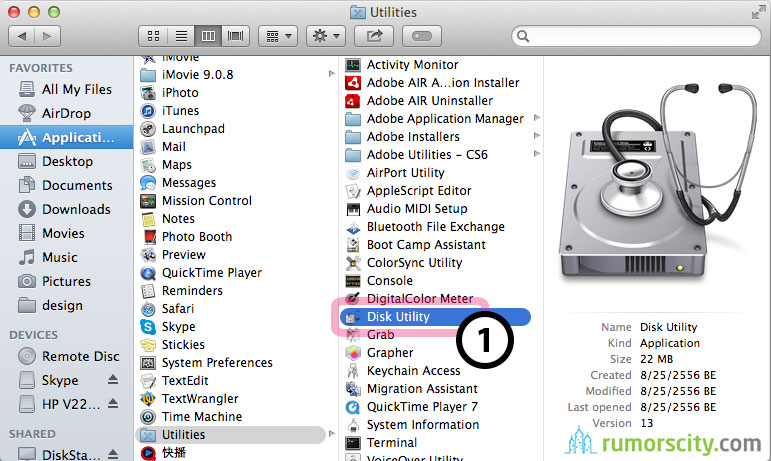Rocks downloading
How To Make Mac Os X Install Usb
Don’t worry, just ignore it and the USB Drive should be okay. Step 11: Once complete, eject and remount the USB drive, and verify the presence of Library, Package, and System folders. Also, make sure that Install OS X Mountain Lion.app exists on the drive as well. Insert the USB drive that you’ll use to fix your installation of OS X. (Remember that all the data in the USB will be erased. Make sure you take off any important documents.) Right-click the TransMac software icon and Run as administrator. (You’ll be prompted to Enter Key or Run, because we’ll be using it once, click the Run option.).
This will walk you through how to install macOS on a USB drive in three steps. The flash drive must be at least 8GB+ in size in order to fit the macOS installer on it. To make a flash drive installer you need a Mac or a Windows/Linux machine running Mac OS in a virtual machine. Intel: Sierra VM Ryzen: Sierra VM STEP 1: Downloading macOS Open App Store Click Store then Login from the menu bar.
Create an Apple OS X 10.8 Mountain Lion Bootable USB installation from Windows 7 using PowerISO Application.

To create an Apple Mountain Lion bootable USB Installation you will need PowerISO and an Apple OS X installation in ISO format.
- Download And install PowerISO
- Open PowerISO and continue unregistered.
- Click on the Tools Menu and select “Create Bootable USB Drive”
- Select Source image file – OS X ISO
- Select Destination USB Drive
- Write method will change automatically to “Write RAW Image File to USB Drive”
- Click Start and wait for your USB Drive to become ready
All Done.
DevOps/IT Specialist, Musician.
IT Manager – Faculty of Exact Sciences, Bar-Ilan University
Personal Website
Related posts:
How To Make A Mac Os X Install Usb
The idea behind a macOS Clean Install
When you install a new major version of OS X, or after some time has passed, it is a good idea to do a clean install (that is, to erase the disk you are installing OS X onto as part of the installation process).

That will make your Mac run blazingly fast for a few months or more, and many people report that it fixes longstanding problems they’ve had too.
How To Make Mac Os X Install Usb Reader
It used to be common practice to occasionally run a clean install, and then manually migrate all the files and settings over in order to get a completely fresh start. However, it has been shown in recent times that in the vast majority of cases if you simply run a clean install, then duplicate your old home folder to your new disk, you will get all of the same advantages as a clean install followed by manual migration, with a small fraction of the effort.
Mac Clean Install Procedure
Here is the clean install procedure which can be performed at least every time a new version of macOS is released:
- Download the macOS installer from the App Store. You can download macOS Big Sur by clicking here.
- Backup all the data to an external disk with a clone. Two options are to use Duplicate (a free utility which can copy and paste an entire bootable volume), or Mac Backup Guru (a paid, fully featured backup utility with unique incremental backups capability) for that.
- Create a bootable USB Installer with Install Disk Creator and boot from it. Erase the startup disk and install macOS onto it. Boot up from this newly created startup disk.
- Note: The Finder’s built-in “Copy” and “Paste” will not work for the following.
Go to the backup disk and use Duplicate (free) or Mac Backup Guru to right-click and select Copy on the home folder (eg: External Backup/Users/Bob) and then Paste on the Macintosh HD/Users folder on the startup disk. This migrates all of your personal data and settings to your new home folder.
Then migrate the applications by selecting Copy on the External Backup/Applications folder on the backup disk then Paste on the startup disk (eg: Macintosh HD). This will copy all of the applications which are present on the backup disk but not present on the startup disk to your new Applications folder, and automatically skip any applications which are already on the startup disk.
At this point, after a reboot and some minor adjustments (the Dock may not have your previous configuration for example, if you did this while logged into the same user account as you just updated), your new OS should be indistinguishable from your previous one, while being faster and smaller due to reduced clutter.